Thornless roses are roses that have thorns on their old, thick stems but don’t have thorns on their new stems.
Thornless roses are rarely thorn-free, but they have much fewer thorns than common roses. The reduced number of thorns on a thornless rose makes the plant safer for children and safer to work with, and gardeners are less likely to cut themselves when pruning the plant.
Thornless roses are comprised of the following groups:
- English roses
- Climbing roses
- Heirloom roses
- Hybrid tea roses
Irene Marie Miniature
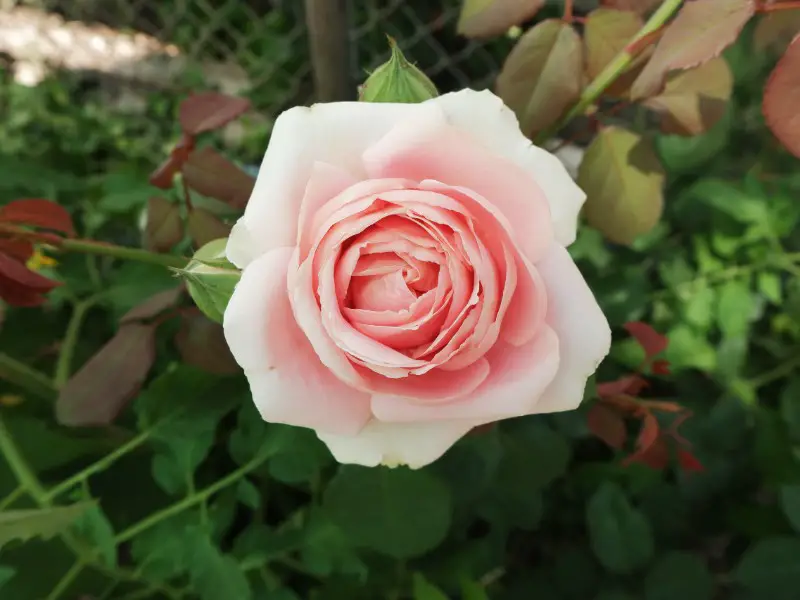
The Irene Marie miniature is a bright yellow rose with bold orange bordering every petal. Irene Marie miniatures have no fragrance but look beautiful. These disease-tolerant roses are completely thornless.
The best zones for growing Irene Marie miniature roses are zones 6 through 9. Grow these roses in partial shade to full sun.
The blooming season for the Irene Marie miniature rose is spring, summer, and fall. This climbing thornless rose grows to around 15 inches tall. Irene Marie miniature roses require a moist, well-drained soil with a neutral to acidic pH.
Amadis Rambler
The Amadis rambler is a thornless climbing rose that is ideal for pergolas and arbors in a garden. Amadis ramblers have crimson purple blooms with pink and white undertones. This type of thornless rose doesn’t have a scent.
Grow Amadis ramblers in zones 7 through 10 in areas that receive at least six hours of natural sunlight. The blooming season for Amadis ramblers is spring to early summer.
The Amadis rambler is a medium climber that can grow to around 120 inches. This thornless rose should be grown in full sun and moderately acidic soil that has a pH of around 6.0.
Chloris
The Chloris rose is a nearly-thornless shrub rose with delicate pink blooms that give off a sweet-smelling fragrance. Chloris roses are hybrid tea roses that can be left to prosper on their own or trained to grow horizontally from the middle for a more rounded shrub.
Grow the Chloris rose in full sunlight in zones 8 to 10 for the best results. The blooming season for the Chloris rose is summer.
The Chloris rose can grow up to 84 inches in height. A rich, loamy soil that drains well is best for Chloris roses.
Rosa Goldfinch
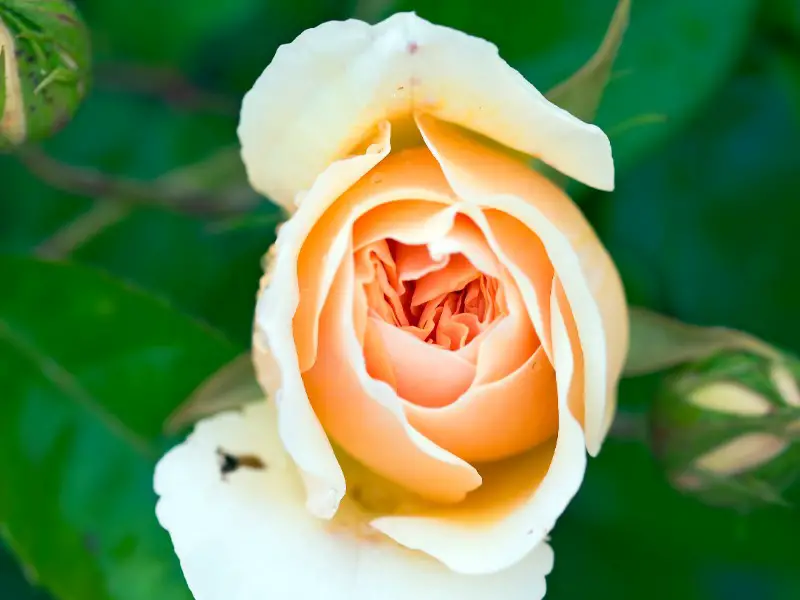
The rosa goldfinch is a type of nearly thornless climbing or rambling rose. Rosa goldfinches grow in clusters of small white and yellow flowers that emit a strong, fruity scent. The branches of the rosa goldfinch can be used like cascading plants that provide even blooming.
You can grow the rosa goldfinch in zones 5 through 9. Rosa goldfinches need full sun or partial shade, and the blooming season for this plant is summer, in July and August.
The rosa goldfinch grows up to 120 inches tall. The best soil for rosa goldfinches is humus-rich, moist, well-defined soil.
Lady Banks
The Lady Banks is a nearly thornless climbing rose that’s ideal for arbors. The rose has rich, green foliage and small, yellow double blooms with a mild, sweet fragrance.
The ideal zone for growing Lady Banks roses is zone 7, but this rose can be grown in colder climates too. Grow the Lady Banks in lightly shaded or full sun areas.
Blooming from late January to early May, the Lady Banks rose requires well-drained, moist soil with a pH of 6.5 to 7.5.
Reine des Violettes
The reine des violettes is a violet-colored recurrent blooming rose. This nearly-thornless rose is highly fragrant and can be grown as a shrub or a climber.
Grow reine des violettes in zones 4 through 9 for optimal growth. These roses should be planted in an area of sunlight or partial shade.
Reine des violette roses bloom in June and July, and then intermittently until September. Reine des violettes grow up to 72 inches tall.
The best type of soil for reine des violettes is acidic to mildly acidic soil with a pH of between 5.6 and 6.5.
Lykkefund
Lykkefund is a strongly-smelling thornless, climber or rambler rose with glossy green foliage and medium-sized, creamy white and yellow blooms. Lykkefund translates to “lucky find,” and this type of thornless rose delivers lots of flowers in clusters.
The best zones for growing lykkefund are zones 5 through 8. Lykkefund roses require plenty of growing room, and can reach up to 180 inches in height.
Grow lykkefund roses in full sunlight to provide the plant with enough energy to produce hundreds of blooms. Blooming season for lykkefund roses is from May to August. Lykkefund roses grow in all types of soil and do best with annual top dresses of organic matter.
Hippolyte Gallica
The Hippolyte gallica is a heirloom that has a mild scent and crimson purple blooms, becoming lighter in color as the plant matures. This type of nearly-thornless rose doesn’t require much care.
Grow the hippolyte gallica in zones 4 to 8, in full sun with humus-rich, fertile, and moist but well-drained soil.
The blooming season for this rose is mid-summer. The hippolyte gallica is a tall, bushy plant, growing up to 96 inches tall.
Cinderella Miniature
The Cinderella miniature is a hybrid tea rose that has tiny blooms that range from pink to white, depending on the season and the temperature. In the early spring months, the rose’s blooms appear light pink, and in the summer months, the flowers are mostly white. This drought-resistant thornless rose can be grown as a bush or a hedge.
Cinderella miniatures grow best in areas of full sunlight in zones 5 to 9. The roses bloom in flushes throughout the spring, summer, and fall seasons.
With a bushy growth, the Cinderella miniature grows up to 60 inches in height and 36 inches in width. The best soil for growing Cinderella miniatures is well-drained, and moderately acidic, with a pH of between 5.6 and 6.
Oceana Hybrid Tea Rose

The Oceana hybrid tea rose is a popular but rare type of thornless rose that produces creamy peach or apricot-colored blooms. Originating from South America, this rose flowers in the classic rose shape and offers a sweet, floral scent.
Grow the Oceana hybrid tea rose in zones 7 through 9 for the hardiest plant. This thornless rose requires more maintenance, and is more susceptible to fungal disease than most roses. A neutral, moist but well-drained soil is required, and proper pruning and fertilization are essential.
Oceana hybrid tea roses grow best in sunny positions, sheltered from strong winds. These roses flower in three flushes, from early summer to fall. The Oceana hybrid tea rose can grow up to 118 inches.
Veilchenblau Rambler Rose
The veilchenblau rambler rose is a climbing rose that forms small crimson, purple, or blue flowers in full sun. This rose is almost thornless and produces medium-green foliage. The scent of the veilchenblau rambler rose is fresh and fruity, with rich orange notes.
Grow the veilchenblau rambler rose in zones 5 through 9 in rich, moist, fertile, well-drained soil. This rose tolerates shade and a north-facing site, but a sunny spot will allow for the best flowering.
Blooming season for the veilchenblau rambler rose is June and July. The rose can grow up to 180 inches.
Outta the Blue Rose
The outta the blue rose is a nearly thornless shrub rose that features hardy, magenta-colored flowers spiked with yellow or cream. This rose is free-flowering and a vigorous bloomer, and has a strong, spicy, clove-like fragrance.
Outta the blue roses are hardiest when grown in zones 4 to 10. The roses require full sun to partial shade, and bloom from late spring to fall.
The maximum growth for an outta the blue rose is 72 inches in height, with a spread of 46 inches. The best type of soil for this thornless rose is well drained, and humus-enriched.
Tausendschon
The tausendschon rose is a climbing rose with glossy foliage and large, pink, white-centered flowers that bloom in bunches. This nearly-thornless rose has a light, musky fragrance and is easy to train.
Grow the tausendschon rose in zones 5 through 7 in full sun or mostly-sunny environments. Blooming season for this rose is from late winter or early spring to midsummer.
The tausendschon can climb to 144 inches. This rose is best suited to moderately fertile, well-drained, mildly acidic soil with a pH of 5.6 to 6.0.
A Shropshire Lad
A Shropshire Lad is a nearly-thornless climbing rose best grown on borders. This hardy rose blooms light pink-peach flowers, and has a strong, fruity scent.
Grow A Shropshire Lad in zones 5 through 9, in dappled shade or full sun. The blooming season for this rose is late spring until late fall.
A Shropshire Lad can grow up to 72 inches in height. The best soil for A Shropshire Lad is moist but well-drained, neutral or slightly acidic soil, with a pH of 5.6 to 6.0.

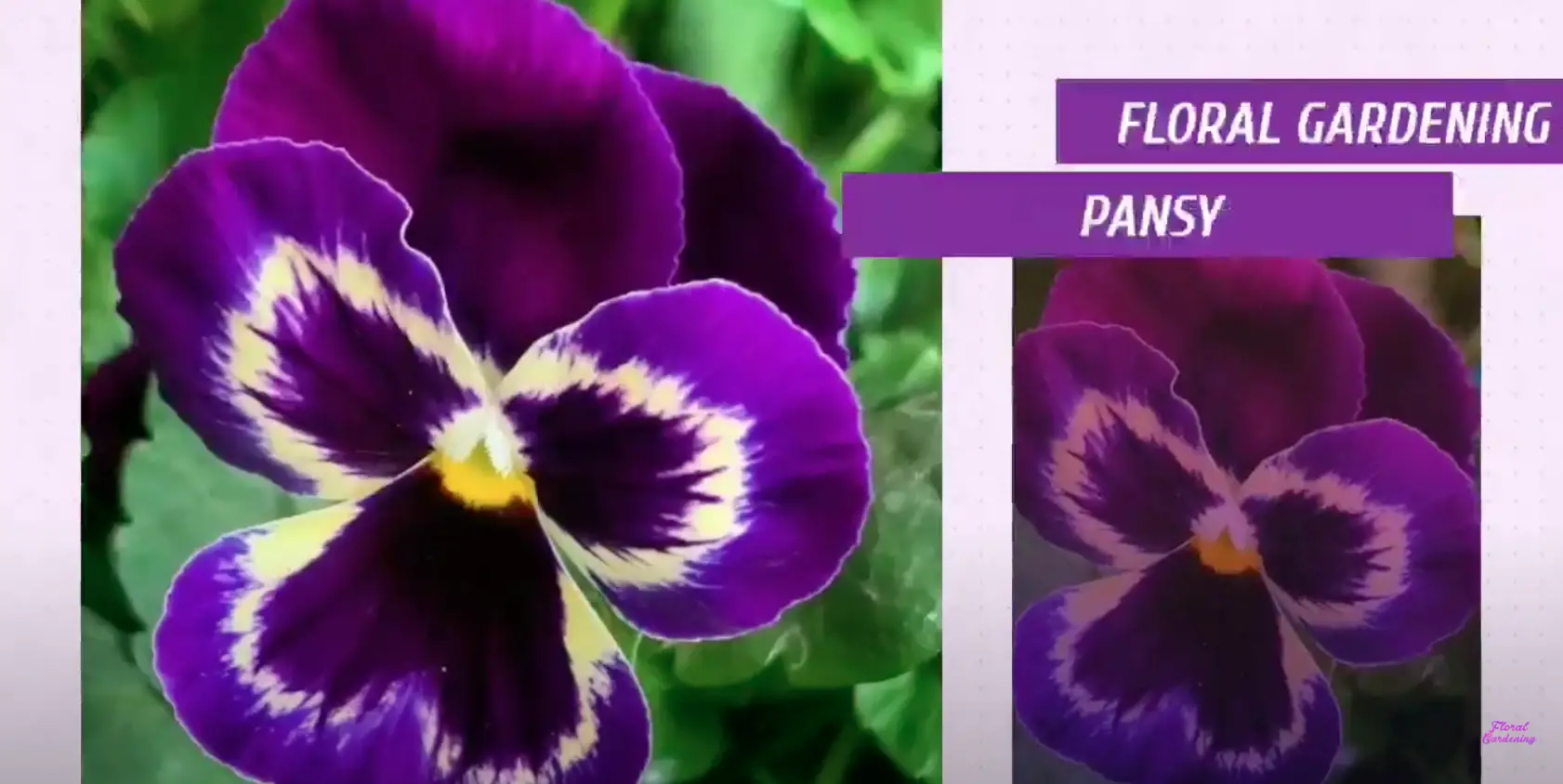
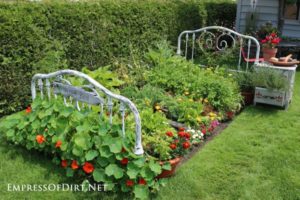



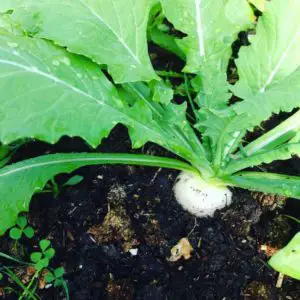

Is there a thornless rose that is white and is there a thornless rose that is yellow. Is these regular roses thank you